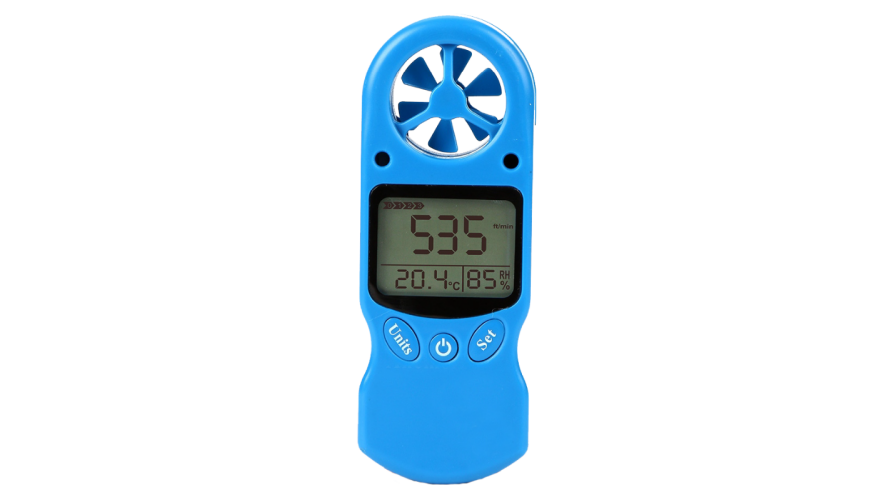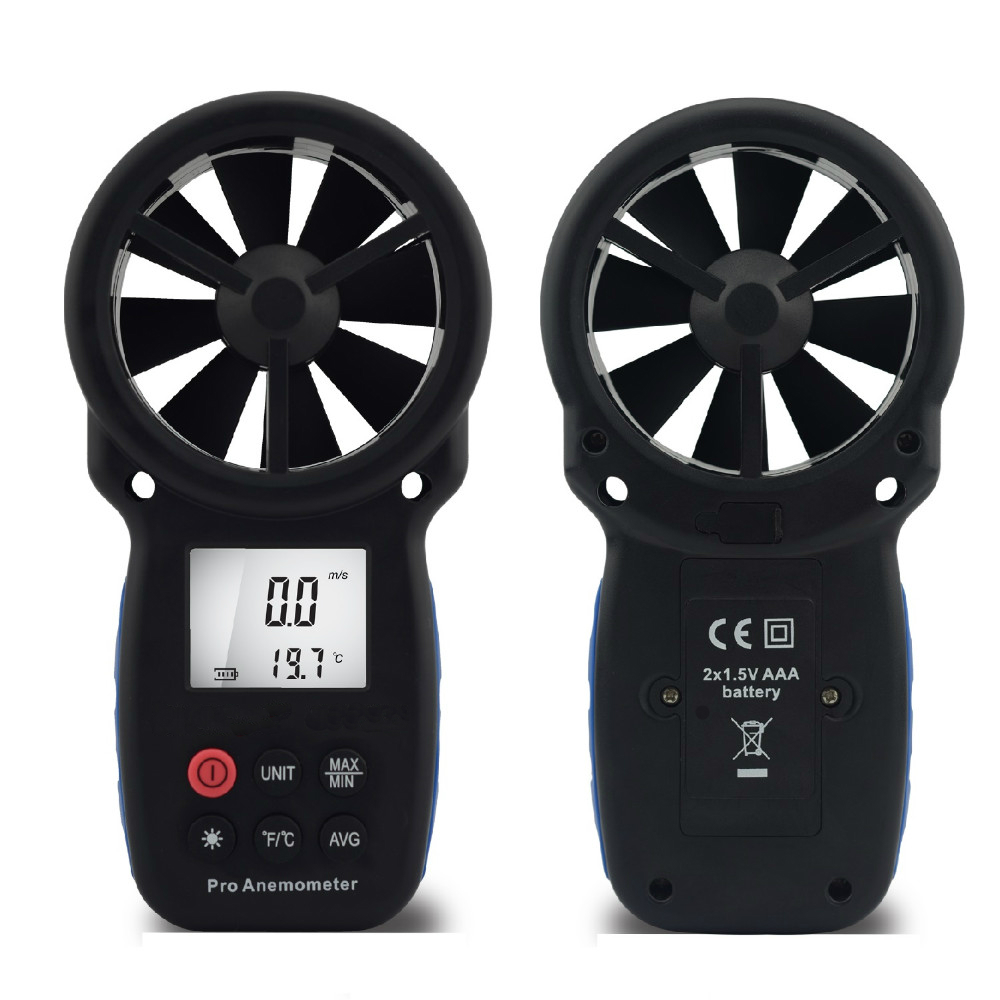Expert Tips for Calibrating Your Anemometer for Optimal Efficiency
Expert Tips for Calibrating Your Anemometer for Optimal Efficiency
Blog Article
Anemometers Revealed: Understanding Their Importance in Environmental Tracking and Precaution
The role of anemometers in ecological surveillance and safety procedures is usually underestimated, yet their significance is undeniable. These tools have a long history rooted in clinical questions and technical innovations, evolving to become essential devices in numerous areas. From weather forecasting to aeronautics security, anemometers play a critical duty in supplying exact data that educates decision-making procedures and improves overall safety. Understanding the intricacies of anemometers introduces a globe of crucial insights that are basic to our understanding of the setting and the steps we require to make sure security.
History of Anemometers
The development of anemometers can be mapped back to the old civilizations where primary wind measuring gadgets were very first made use of. One of the earliest well-known anemometers was the hemispherical mug anemometer designed by Leon Battista Alberti in the 15th century.
Over the years, improvements in innovation led to the advancement of even more modern-day anemometers, consisting of ultrasonic anemometers and laser Doppler anemometers, using raised precision and efficiency in measuring wind rate and direction. The history of anemometers showcases an exceptional journey of technology and progress in the area of meteorology.
Kinds Of Anemometers
Throughout the area of meteorology, numerous types of anemometers have actually been developed to properly measure wind speed and direction. Sonic anemometers utilize ultrasonic signals to measure wind speed and direction properly. Hot-wire anemometers run based on the concept that the cooling result of wind on a warmed wire is proportional to the wind speed.
Applications in Meteorology
Having actually talked about the various kinds of anemometers utilized in weather forecasting for measuring wind speed and direction, it is necessary to explore their functional applications in the field. Anemometers play a crucial duty in weather forecasting by offering real-time and exact information on wind problems (anemometer). Meteorologists make use of anemometers to monitor wind rate and instructions to anticipate weather patterns, issue cautions for serious climate events like typhoons, storms, and hurricanes, and analyze weather for aeronautics security
In weather forecasting, anemometers help in comprehending regional and neighborhood wind patterns, which are important for forecasting weather condition adjustments and figuring out weather fads. These devices are also utilized in research to examine microclimates, city heat islands, and air pollution dispersion. Furthermore, anemometers are used in agriculture to optimize crop administration methods, such as watering and chemical application, based on wind problems.
Value in Aviation Safety And Security
An essential facet of ensuring air travel safety hinges on the precise tracking of wind problems making use of anemometers. Anemometers play an important duty in aviation by supplying real-time data on wind rate and instructions, helping pilots in making educated choices during landing, liftoff, and flight. Unforeseeable and strong winds can substantially impact airplane procedures, making it important for air travel authorities to depend on precise wind measurements to make certain the security of guests and team.

In the vibrant atmosphere of aviation, where also small changes in wind speed and direction can have extensive results, anemometers stand as crucial tools for promoting secure and secure air traveling.
Role in Environmental Study
Anemometers play an essential function in ecological research by giving vital information on wind speed and direction. By properly measuring wind attributes, anemometers help researchers examine the motion of contaminants in the air, assess the impact of industrial emissions, and predict the spread of pollutants in the environment.


Conclusion
In verdict, anemometers have actually played a crucial duty in ecological tracking and security steps. Comprehending the value of anemometers is essential for properly determining wind rate and instructions, which is crucial for forecasting weather patterns, guaranteeing secure aeronautics operations, and conducting environmental research studies.
One of the earliest recognized anemometers was the hemispherical mug anemometer designed by Leon Battista Alberti in the 15th century. Over the years, innovations in modern technology led to the development of more contemporary anemometers, consisting of ultrasonic anemometers and laser Doppler anemometers, providing increased precision and efficiency in measuring wind speed and direction. Hot-wire anemometers operate read what he said based on the principle that the cooling effect of wind on a warmed wire is symmetrical to the wind speed. Meteorologists use anemometers to keep track of wind rate and instructions to forecast weather condition patterns, concern cautions for extreme climate events like click to read storms, hurricanes, and tornadoes, and examine atmospheric problems for air travel safety.
Recognizing the relevance of anemometers is essential for precisely gauging wind rate and instructions, which is vital for predicting weather condition patterns, ensuring secure aviation operations, and performing ecological research studies. (anemometer)
Report this page